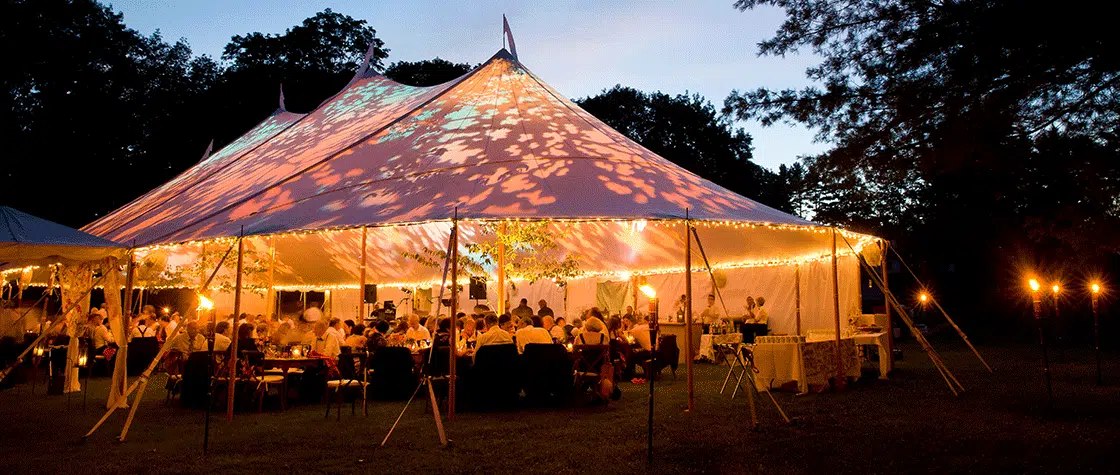How To Calculate A Fundraising Event's Opportunity Cost


Full Platform Overview Chat With Us



Full Platform Overview Chat With Us




Large fundraising events can be fabulous ways to celebrate your cause and your mission. Too often, however, they are used as a main fundraising vehicle in an organization’s fundraising plan. While they can certainly bring in large amounts of money on one night, they come with steep opportunity costs that must be weighed to understand the true return on the event’s fundraising.
Let’s look at an example of understanding the impact of a big fundraising gala and the opportunity costs associated with it.
Say you have a fundraising staff of 4 and an annual goal of $2,000,000 in individual and corporate gifts, excluding any grants. If your staff works 40 hour weeks for 50 weeks a year, they will work a total of 8,000 hours a year. This equates to an average of $250 being raised per employee per hour over the course of the year. This organization raises $200,000 with its large gala every year. That’s 10% of their total fundraising budget! But putting on such a successful gala takes a lot of effort on the part of the 4 member staff.
Calculating the totals the staff spends 1,000 hours and therefore only raises $200 for each of their hour of effort. That might not seem too terribly far off from the hourly average they are budgeted to raise throughout the year. But it comes with an opportunity cost of $50 dollars an hour for a total of $50,000 of opportunity costs lost when embarking on a big gala!
As you embark on next year’s big fundraising event, don’t forget to calculate what your opportunity costs are. Are you able to make your event more efficient and have a net gain from the efforts of your staff and board? If not, it might be time to look at other avenues to celebrate your cause and more efficiently use the output of your staff.

Comments
Dennis Fischman
Ann Dempsey